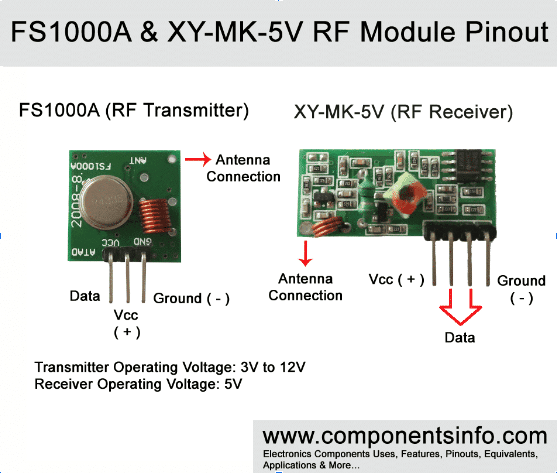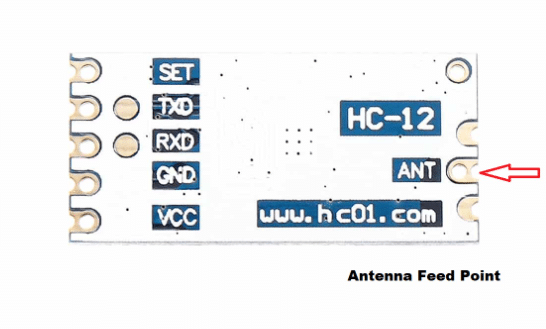How to Choose an Antenna for the 433 MHz Wireless Modules
Introduction
Using 433 MHz Wireless transmitter and receiver modules has several advantages. They offer a cheap and easy solution to your remote control needs. They can transmit to a wider range than their higher-frequency counterpart (such as 2.4 GHz systems). However, they may lack some digital error-correcting schemes.
This article will help you get the most out of your 433 MHz wireless systems by choosing an appropriate antenna. Using an antenna helps with range. You can readily create your antenna using a simple solid core wire.
Wireless Products Having a 433 MHz Carrier Frequency
These are the products that have the 433MHz Carrier frequency that can optionally be installed with an antenna:
- 433MHZ RF WIRELESS TRANSMITTER AND RECEIVER MODULE KIT https://www.phippselectronics.com/product/433mhz-rf-wireless-transmitter-and-receiver-module-kit/
- RXB6 433MHZ SUPERHETERODYNE WIRELESS RECEIVER MODULE https://www.phippselectronics.com/product/rxb6-433mhz-superheterodyne-wireless-receiver-module/
- HC-11 433MHZ WIRELESS SERIAL MODULE https://www.phippselectronics.com/product/hc-11-433mhz-wireless-serial-module/
- MX-05 433MHZ WIRELESS RECEIVER MODULE https://www.phippselectronics.com/product/mx-05-433mhz-wireless-receiver-module/
- MX-FS-03V 433MHZ WIRELESS TRANSMITTER MODULE https://www.phippselectronics.com/product/mx-fs-03v-433mhz-wireless-transmitter-module/
Where to Place the Antenna
- For the MX-05 and MX-FS-03V 433MHZ WIRELESS RECEIVER and TRANSMITTER MODULES
Follow this diagram
- For the HC-11 433MHZ WIRELESS SERIAL MODULE
This is marked on the back side of the PCB.
- For the RXB6 433MHZ SUPERHETERODYNE WIRELESS RECEIVER MODULE
How to Calculate the Length of the Antenna
The length of an antenna is based on its wavelength. Here is the calculation:
Wavelength = Velocity of the speed of transmission (speed of light) / Frequency of transmission
Wavelength = 299,792,458 m/s / 433 mHz
Wavelength = 69.24 cm
However, this length may be cumbersome to install on such tiny modules. In practice, a quarter of this value can be used. This quarter wavelength approach has practical advantages over the full wavelength. This behavior is documented in several wireless transmission articles.
Practical Antenna Length ~ Wavelength / 4
Practical Antenna Length ~ 69.24cm / 4
Practical Antenna Length ~ 17.3 cm
There is no need to coil the solid wire antenna as it may hamper its range.


